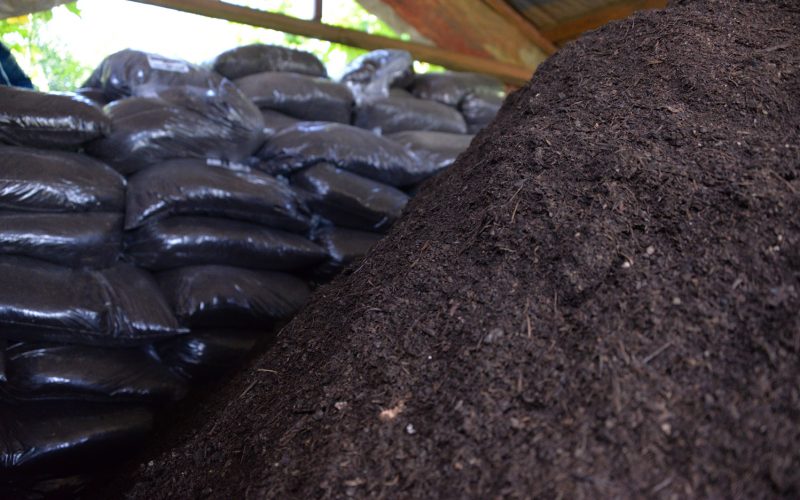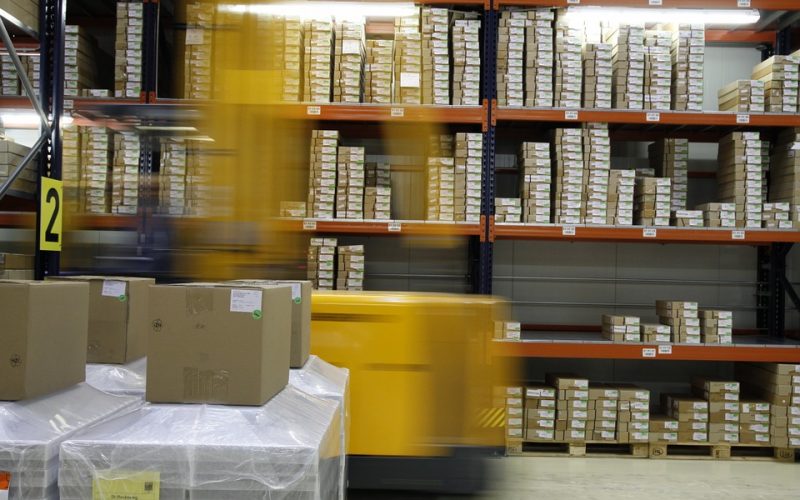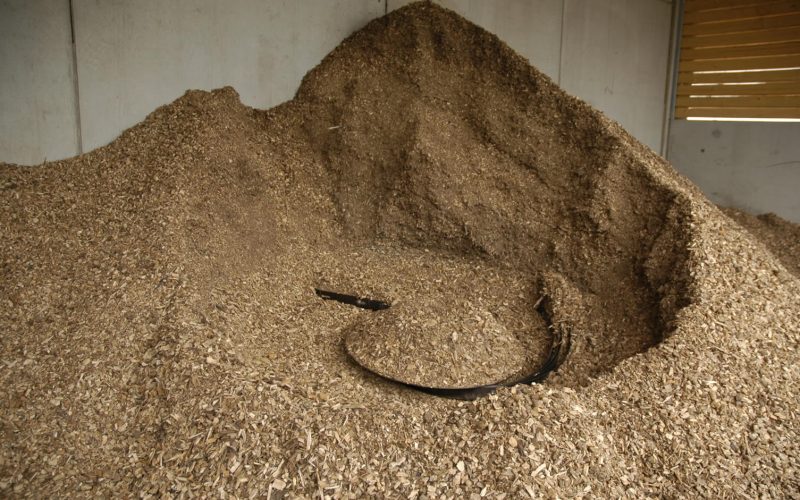A Different Sales Strategy
Bulk producers have traditionally done their sales within their industry. They knew their own customers well and aimed their marketing strategies at the companies they targeted for sales. This worked for them, and their markets grew with their reputations. These days, many people are doing work on their own and do not buy bulk products. Selling to these people requires new strategies in marketing and product packaging.
Bulk products such as gardening soils are shipped via truck to a landscaping company in the wholesale marketing scenario. The load of soil is dumped on the customer’s property and an invoice is delivered and paid. Packaging is not an issue here. Selling the same soil in the retail market requires the product to be bagged. Retail consumers want packages that can be easily moved by one person and transported from the store to home in their own vehicle. Attracting customers to buy the soil requires that the bagging be attractive and convince the consumer this is the best product they can buy.
Packaging designers work to making products look attractive and build the brand of the company selling their product. Bagging design is used to identify multiple products within a brand. They are designed to catch the eye of the consumer and keep them returning for more product. As a company begins to branch out more in the retail market, each product they sell must be identified by the consumer. Building trust and branding a line of products requires a cohesive marketing design and strategy.
The inclusion of retail markets to bulk requires bagging of the product. Many bulk companies do not have the personnel or equipment to do their own material bagging. Hiring a well-known contract bagging or contract packing company in the local area is the best solution. The contract company loads the bulk material into the customer’s bags and seals them. Choosing a local company is best because it limits the cost of shipping product to the bagger and then to the local market.


